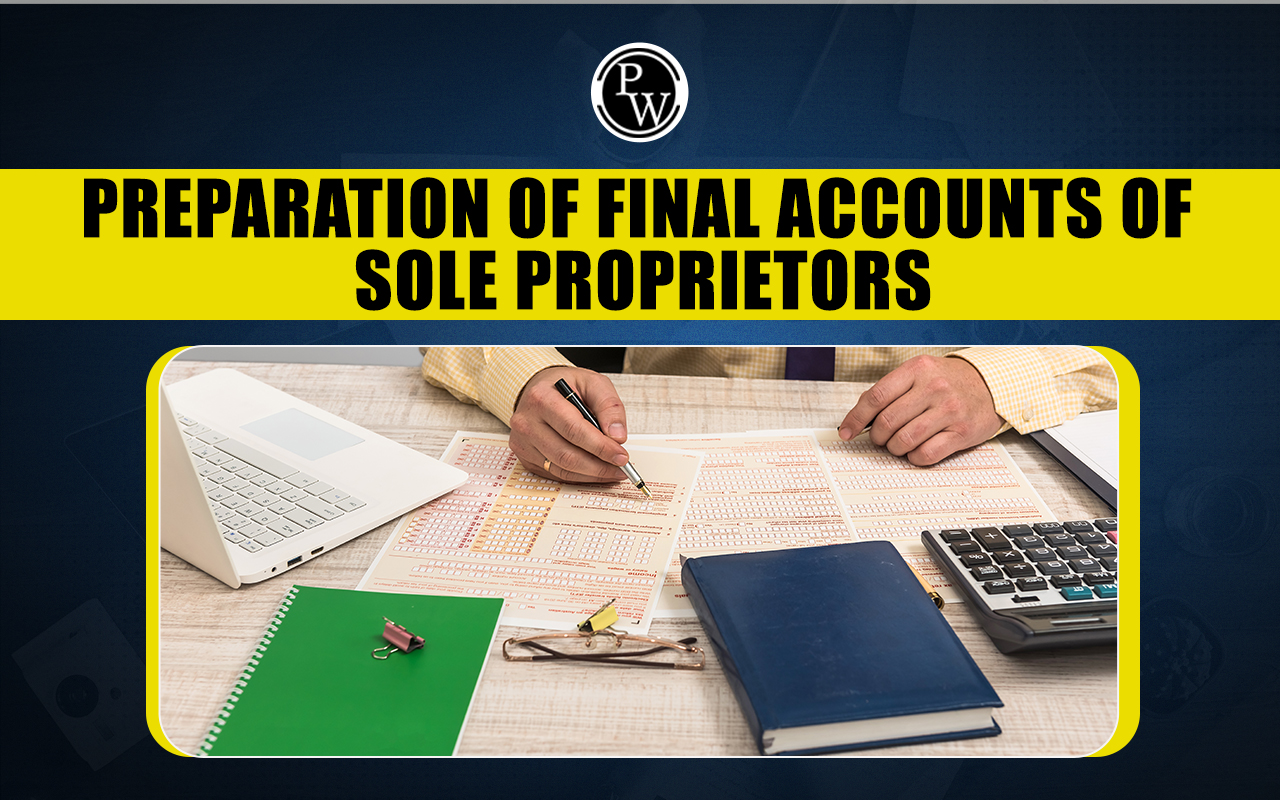Final Accounts of Sole Proprietorship
For a sole proprietorship, the final accounts consist of two main reports: the Income Statement and the Balance Sheet. These reports provide a snapshot of the business's financial health. They reveal whether the business has made a profit or incurred a loss during the accounting period and whether it can meet its financial obligations.
Once the trial balance is complete, the final accounts are prepared. The Income Statement, which includes the Trading and Profit and Loss Account, shows the business's profitability. The Balance Sheet provides a summary of the business's assets, liabilities, and equity.
The trial balance is a summary of all account balances in the sole proprietorship. Balances from nominal accounts, which impact profit, are transferred to the Income Statement. Meanwhile, balances from real and personal accounts are transferred to the Balance Sheet. Both the Income Statement and the Balance Sheet are created at the end of each financial period to assess the business’s performance and financial position.
Also Read:
Types of Financing
Advantages of Sole Proprietorship
Tax Benefits
: Sole proprietorships enjoy pass-through taxation, meaning the business's profits and losses are reported on the owner's personal tax return, simplifying the tax process.
Ease of Formation
: Starting a sole proprietorship is straightforward and inexpensive. There’s minimal paperwork involved, and you generally don’t need to register with the state or obtain an employer identification number (EIN) from the IRS.
Low Costs
: The costs of setting up and maintaining a sole proprietorship are typically low. You can manage your business finances through your personal checking account, eliminating the need for a separate business account.
Disadvantages of Sole Proprietorship
Unlimited Liability
: The owner is personally liable for all business debts and obligations, which means personal assets are at risk if the business incurs debt or legal issues.
Difficulty in Raising Capital
: It can be challenging to secure investments or loans. Banks and investors often prefer businesses with established track records and more complex structures.
Limited Protection
: Unlike registered entities, sole proprietorships lack certain state protections, leaving the owner exposed to potential legal and financial liabilities.
Sole Proprietorship Balance Sheet
A balance sheet for a sole proprietorship shows the financial health of the business by listing its assets, liabilities, and owner's equity. According to Marianne M. Huey from Ohio State University, the balance sheet must always balance—meaning the total assets must equal the sum of liabilities and owner's equity. On the balance sheet, assets are listed on the left side, while liabilities and owner's equity are shown on the right.
How to Start a Sole Proprietorship?
Starting a sole proprietorship is straightforward. You can begin your business without needing to register with the state. First, choose a business name. Next, check if you need a permit or license from your city or state. If you plan to hire employees, you’ll need to obtain an Employer Identification Number (EIN). Additionally, if you’ll be selling taxable goods, you must register with your state for sales tax purposes.
Income Statement
The Income Statement is a crucial financial document that helps determine a company's profitability and assess its financial performance. It answers key questions like:
-
What is the company's profit margin?
-
How do actual results compare to expected outcomes?
Components of the Income Statement
The Income Statement is divided into two main sections:
Trading Account
The Trading Account focuses on calculating the gross profit, which is the profit before deducting expenses. It includes:
-
Sales
-
Purchases
-
Wages
-
Sales Return
-
Purchases Return
-
Carriage Inwards
-
Opening & Closing Stock
-
Power & Fuel
Gross Profit Calculation
:
Gross Profit = Net Sales – Cost of Goods Sold (COGS)
Where:
Net Sales = Sales – Sales Returns
The Trading Account also calculates Net Sales, COGS, and Cost of Goods Available for Sale (COGAFS).
Profit and Loss Account
The Profit and Loss Account determines the net profit by subtracting expenses from gross profit. Net Profit reflects the remaining profit after all income and costs are accounted for. It’s calculated as follows:
Net Profit = Gross Profit + Revenue – Expenses
Revenue and expenses related to the general operations of the business, rather than trading, are included here. These can include:
-
Rent
-
Telephone
-
Carriage Outwards
-
Discount Allowed
-
Discount Received
-
Commission Received
-
Commission Paid
-
Salary
Enroll in PW CA Courses today for expert guidance and comprehensive preparation. Start mastering your financial statements and more. Join us now!

